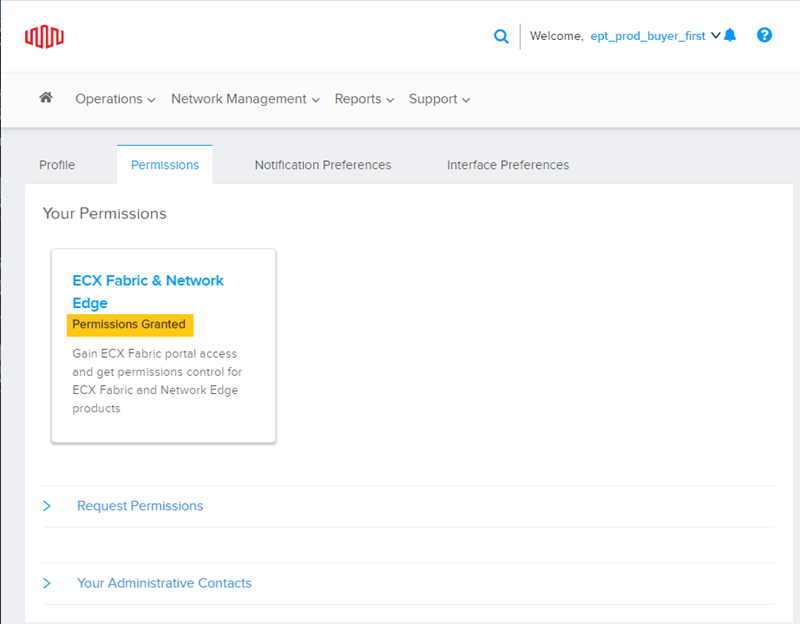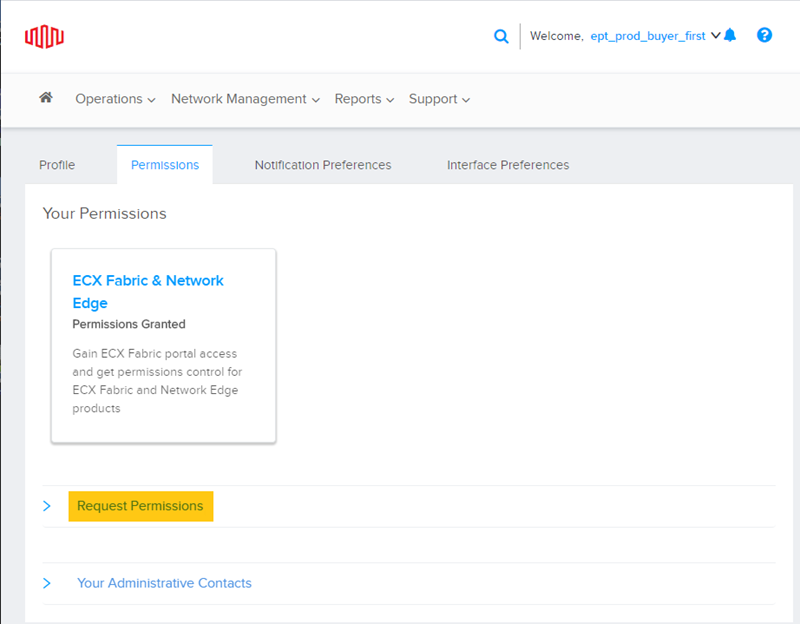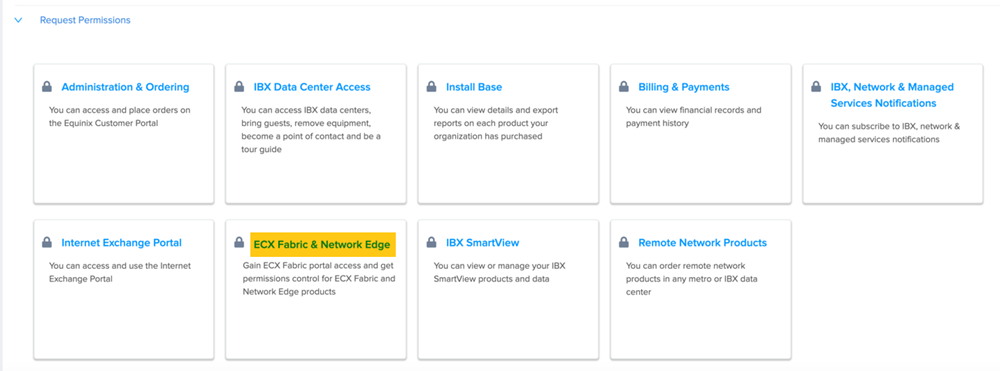Prerequisites
Before you order an Equinix Precision Time service, various requirements and permissions must be available on your network.
Your network must meet these prerequisites before you can order Equinix Precision Time services:
-
Equinix Precision Time is available to IBX data centers that are connected to an Equinix Fabric port in the following global regions: North and South Americas, APAC, and EMEA.
-
You must have an Equinix Fabric port if you plan to use Fabric ports for Equinix Precision Time timing consumption. If you're not an Equinix Fabric customer, contact your Equinix sales representative to get an Equinix Fabric account.
-
You must have an FCR if you plan to use Fabric Cloud Router for Equinix Precision Time timing consumption. If you're not an Equinix Fabric customer, contact your Equinix sales representative to get an Equinix Fabric account
-
You must have a Network Edge virtual device if you plan to use Network Edge virtual devices for Equinix Precision Time timing consumption. See Configure Network Edge Devices as Timing Gateways for more information.
-
Determine the type of port to use to connect your network to Equinix Precision Time:
- Dot1Q – All VLAN connections are Dot1Q. This is the recommended option.
- QinQ to Dot1Q – QinQ encapsulates the VLAN tag with two layers: an inner tag for your network, and an outer tag for the Equinix network. If you are not required to use this type of port, we recommend that you use the Dot1Q port type.
-
When you configure Precision Time, you can specify either one or two VLAN IDs, depending on the port connections that are used in your network.
-
If you plan to use the PTP protocol, all client devices in the network must have a network interface card (NIC) that supports hardware timestamping. For details, see Network Interface Card Requirements for PTP.
For more information on integration requirements, contact Equinix Support.
Equinix Fabric Port and Connection Permissions for Precision Time
Use the Equinix Customer Portal to view and set Equinix Fabric permissions, and place new orders for Equinix Precision Time.
-
Sign into the Equinix Customer Portal.
- You need an account on this portal.
- You need administrator access rights that allow you to view and set permissions.
-
Select your user name at the top right corner, then select My Profile.

-
Select Permissions.

-
Click Equinix Fabric & Network Edge under Your Permissions.
If you do not see Permissions Granted, see Requesting Permissions below.
 .
.
Your permissions allow you to view ports, connections, and services. You can also use the interface to request connections and service orders for your IBXs.
Permissions for Fabric ports:

Permissions for Fabric L2 virtual connections:

Permissions for Fabric L2 service profiles:

Requesting Permissions
If you cannot access and view your permissions, you must request administrator permissions.
-
Click Request Permissions to view and order permissions for ports, connections and services.

-
Click Equinix Fabric & Network Edge to request permissions.

-
Find your administrator and request access.

Network Interface Card Requirements for PTP
When you integrate with PTP, you must use network interface controllers (NICs) that provide accurate timestamping of incoming and outgoing packets. To PTP connections, each device in the network must have a NIC with the following capabilities:
- IEEE 1588 PTP hardware timestamping support. For details, see ethtool examples below.
- IEEE 1588 PTP clock. The NIC is required to have a physical hardware clock (PHC), which is shared between two ports on the NIC. For details, see ethtool examples below.
Most NICs currently in the market support these PTP requirements.
NIC Testing and Configuration
The Precision Time Protocol daemon (PTPd) is the software used by Equinix to test all NICs, and the sample configuration used for PTP client devices.
PTPd is an implementation of the Precision Time Protocol (PTP) version 2, as defined by the IEEE Standard 1588-2008, which provides precise time coordination of Ethernet LAN connected computers. It was designed primarily for instrumentation and control systems. For a sample PTPd configuration, see Sample Configurations.
Verifying NIC Support for Hardware Timestamping
Use the following ethtool command to verify an interface supports hardware timestamping with PTP/NTP:
ethtool -T <NIC_interface_name>
An interface supports hardware timestamping with NTP if ethtool returns the following capabilities and filter mode:
SOF\_TIMESTAMPING\_TX\_HARDWARESOF\_TIMESTAMPING\_TX\_SOFTWAREHWTSTAMP\_FILTER\_ALL
ethtool Examples
The following examples show valid interfaces.
PTP-supported Physical Interface
$ ethtool -T enp1s0d1
Time stamping parameters for enp1s0d1:
Capabilities:
hardware-transmit (SOF_TIMESTAMPING_TX_HARDWARE)
software-transmit (SOF_TIMESTAMPING_TX_SOFTWARE)
hardware-receive (SOF_TIMESTAMPING_RX_HARDWARE)
software-receive (SOF_TIMESTAMPING_RX_SOFTWARE)
software-system-clock (SOF_TIMESTAMPING_SOFTWARE)
hardware-raw-clock (SOF_TIMESTAMPING_RAW_HARDWARE)
PTP Hardware Clock: 2
Hardware Transmit Timestamp Modes:
off (HWTSTAMP_TX_OFF)
on (HWTSTAMP_TX_ON)
Hardware Receive Filter Modes:
none (HWTSTAMP_FILTER_NONE)
all (HWTSTAMP_FILTER_ALL)
Non-PTP Interface or a Virtual Interface
$ ethtool -T eth0
Time stamping parameters for eth0:
Capabilities:
software-receive (SOF_TIMESTAMPING_RX_SOFTWARE)
software-system-clock (SOF_TIMESTAMPING_SOFTWARE)
PTP Hardware Clock: none
Hardware Transmit Timestamp Modes: none
Hardware Receive Filter Modes: none